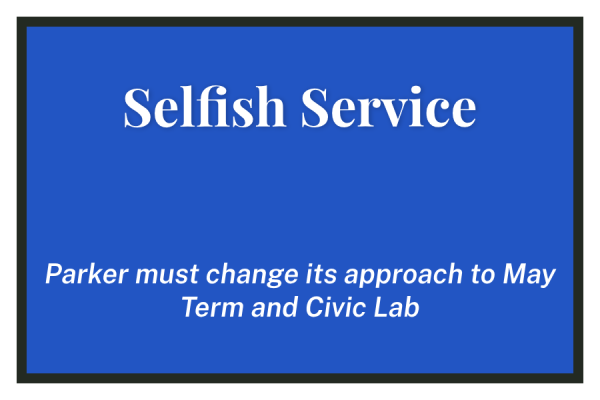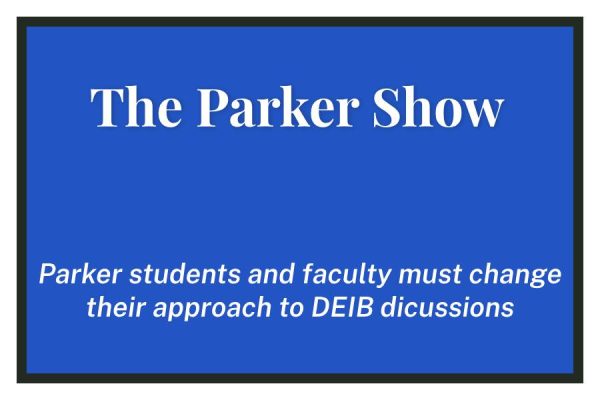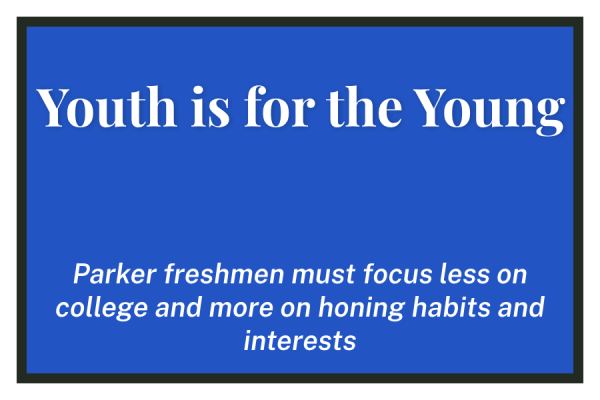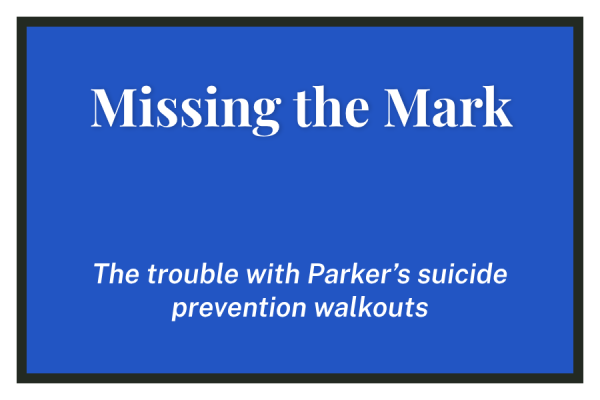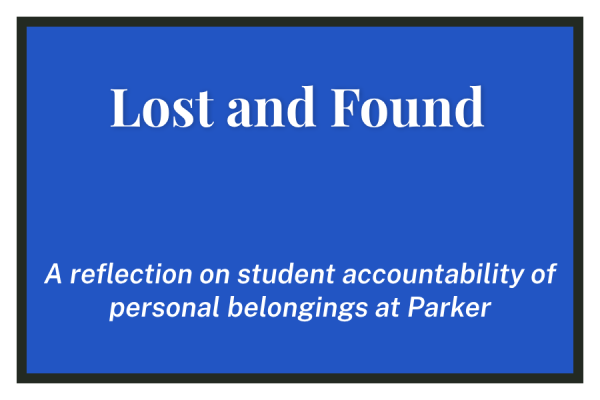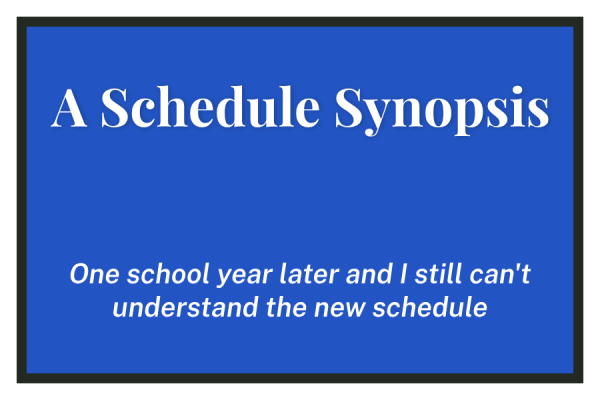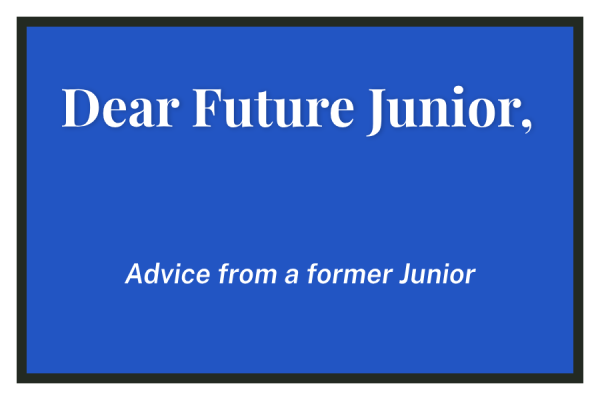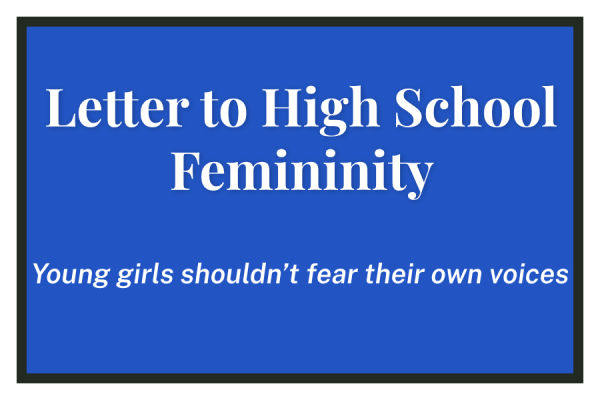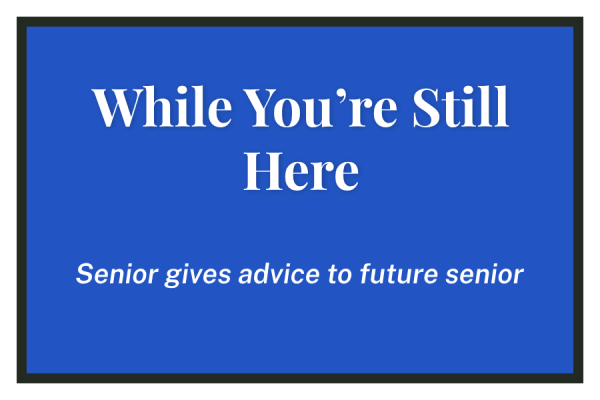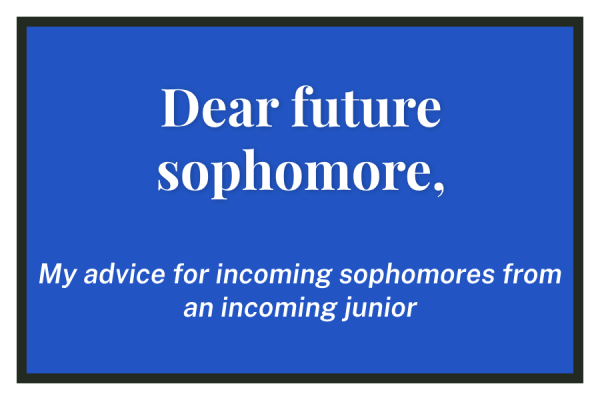Editorial, Issue 3 – Volume CVII
A Sign of the Times
Arriving at Circle Drive each morning, attentive students might realize a new mustard-yellow sign atop a post outside of the front gate. The new sign, which joins a “tow zone” indicator and a ‘ParkChicago’ zone code, features the bolded words, “Safe School Zone” followed by “within 1000 feet of a school penalties are increased for weapons violations, drug violations, gang recruitment. report crime, dial 911.”
While “The Weekly” appreciates the effort at crime deterrence, we hope that the sign also triggers in the school conversation about safety, violence, drug use, and policing.
The introduction of the sign warrants a discussion and, at the least, a notification to the community from the school or the city. Too often Parker shies away from talking about violence in Chicago. There may be conversation–and certainly fear–about violence “over there” or “in that neighborhood,” but we too seldom talk plainly about violence in the city.
This sign can be a step toward addressing some of the imperfections in, as well as privileges of, our neighborhood, as well as the complex realities of similar issues in other neighborhoods.
While some might say that the kind of activity the sign is attempting to prevent is extremely rare in our neighborhood, we want not only a reason as to why the sign was introduced, but also a healthy discourse about these issues. We’re aware that there are weapons and gangs in Chicago, and also that there are misconceptions about such activity. What, moreover, is the reality of such problems in our own neighborhood? In the neighborhoods where student and employees live?
Obviously, with the introduction of the sign, the city feels strongly about the safety of the students. What is the reality? How much does the city care really, about our school and–perhaps more to the point–other schools in other neighborhoods?
Now that there isn’t as wide of a Civic Engagement curriculum, we can use these conversations to assess our position, both as a school and as individuals, in the city of Chicago. Perhaps we can talk more about Lincoln Park and our city as a whole.
Upper schoolers don’t have to be shielded from the realities of violence in our city. Failing to talk openly about safety, violence, drug use, and policing–both around Parker and elsewhere–is putting us at a disadvantage as citizens.


